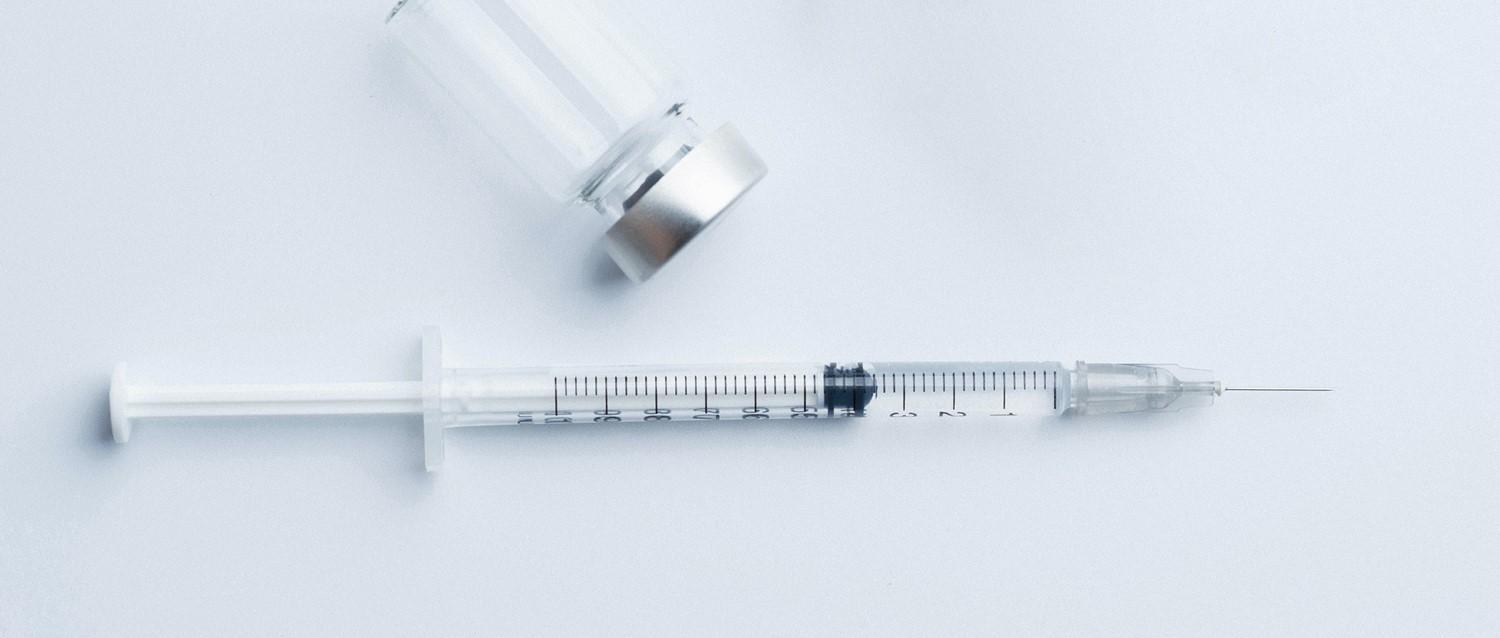
What you need to know about HPV
Peer reviewed by Dr Sarah Jarvis MBE, FRCGPLast updated by Sarah GrahamLast updated 9 Aug 2018
Meets Patient’s editorial guidelines
- DownloadDownload
- Share
- Language
- Discussion
In 2008 the NHS introduced free vaccines against the human papillomavirus (HPV) for girls over the age of 12 years. Ten years on, it was announced in July that this vaccination programme will be extended to cover boys. But what exactly is HPV, who is it most likely to affect, and why is it a threat to public health?
In this article:
HPV is a common virus that affects the skin and moist membranes around your body. In fact, it's so common that 80% of people will contract HPV at some point in their lives.
"There are about 200 different types of HPV and, for the majority of them, they won't do you any harm at all. There are no symptoms, and the body's immune system will usually clear the virus without the need for any treatment," explains Kate Sanger from Jo's Cervical Cancer Trust.
So far, so good ... The problem arises, however, with certain strains of HPV that are considered 'high risk'. These forms of HPV can cause genital warts and are responsible for around 5% of cancers worldwide, including virtually all cases of cervical cancer. Until recently therefore, vaccinating girls to prevent cervical cancer has been a clinical priority. But HPV can also lead to other forms of cancer - including anal cancer, penile cancer, vulval and vaginal cancer, and cancers of the head and neck, like throat and mouth cancer.
Continue reading below
How do you catch HPV?
HPV is primarily transmitted via vaginal, anal, or oral sexual contact, but it can also be passed on through the exchange of bodily fluids, such as saliva, or skin-to-skin contact - so even kissing or cuddling could expose you to the virus. Because there are no symptoms, many people carry the virus without ever even realising they have it, and simply having the virus doesn't necessarily put you at risk of developing cancer.
"You might have a high risk strain in your body and your immune system can get rid of it. In some people the immune system can't clear the virus and, if it's a high risk strain, that's what leads to it attacking cells in the body," Sanger explains.
How can HPV be detected?
There's currently no blood test for HPV, but lab testing can be done on a sample of cells to determine whether you're carrying a high risk strain of the virus.
For women over 25, attending regular cervical screening (or smear) tests is the best way to detect abnormal cervical cells which may indicate the presence of high risk HPV.
"The cervical screening test is also changing, because testing for HPV first is a much more effective way of picking up those people who are most at risk of cancer," Sanger says. "As of this year in Wales, and next year in Scotland and England, it will be looking first for high risk HPV and then, if you have one of those high risk HPVs, then they will look to see if you've got abnormal cells."
Continue reading below
How can you prevent HPV?
Other than abstinence, the HPV vaccine is currently the only reliable way of preventing HPV altogether - and even total sexual abstinence is no guarantee, given the virus can be transmitted through skin contact or saliva.
The vaccine is currently routinely offered to girls aged 12-13 years in school year 8. Older girls can access the vaccine on the NHS up until their 18th birthday. As of April 2018, gay and bisexual men up to the age of 45 are also eligible for the vaccine, and it will be routinely offered to boys aged 12-13 years from 2019.
Why should boys be vaccinated?
Besides preventing cervical cancer, one of the arguments for vaccinating girls is that it creates what's known as 'herd immunity' to HPV. This describes a population's collective resistance to the spread of a contagious disease, resulting from a high enough proportion of individuals being immunised against it. In other words, if girls are vaccinated against HPV, their future partners won't contract HPV from them and in turn won't pass it on to any future partners. On the flip side, though, men who have sex with other men don't benefit from that shared immunity.
"In England, more than 80% of girls are vaccinated. This is enough to reach the threshold for herd immunity, but you need to give direct protection to boys in order to preserve their future sexual choices," explains health economist Professor Giampiero Favato from Kingston University.
"At 12 or 13 years of age, you have no idea if a boy is going to grow up to have sexual relationships with men or women," he adds. "It's really unfair and unequal to provide the vaccination to girls, who are then safe to make the choices they want and be protected, while denying this possibility to boys."
Continue reading below
Who is most at risk?
In terms of the burden of disease, Professor Favato says the gender gap is narrowing, with similar numbers of men and women now developing cancers as a result of HPV.
"Of course, cervical cancer was a priority, because cervical cancer was killing 3,000 women a year in the UK. Now though, for example, oropharyngeal (throat and mouth) cancers - which affect some women, but mostly men - are killing about 1,000 men a year," he explains.
"If you add anal and penile cancers to that figure, it's about 2,000 men a year. So while one (cervical cancer) is decreasing, the others are increasing, and the net result is that the burden is pretty much the same."
There are also a number of factors that may make someone more vulnerable to HPV-related cancers. Smoking, and/or not attending cervical screening (if you're eligible), are the most likely to put you at risk. People with weakened immune systems - including conditions like lupus and HIV - may also be less able to fight off HPV infections.
Patient picks for Sexually transmitted infections

Sexual health
What are universities doing to support student sexual health?
In the midst of a sexual health crisis, universities are under growing pressure to provide support, education and resources to students to help them look after their health and protect themselves from pregnancy and STIs. So how are they supporting students?
by Milly Evans

Sexual health
A chlamydia vaccine has passed initial safety tests
An early stage clinical trial of a chlamydia vaccine has found it to be safe in humans.
by Milly Evans
Continue reading below
Article history
The information on this page is peer reviewed by qualified clinicians.
9 Aug 2018 | Latest version

Ask, share, connect.
Browse discussions, ask questions, and share experiences across hundreds of health topics.

Feeling unwell?
Assess your symptoms online for free
Sign up to the Patient newsletter
Your weekly dose of clear, trustworthy health advice - written to help you feel informed, confident and in control.
By subscribing you accept our Privacy Policy. You can unsubscribe at any time. We never sell your data.